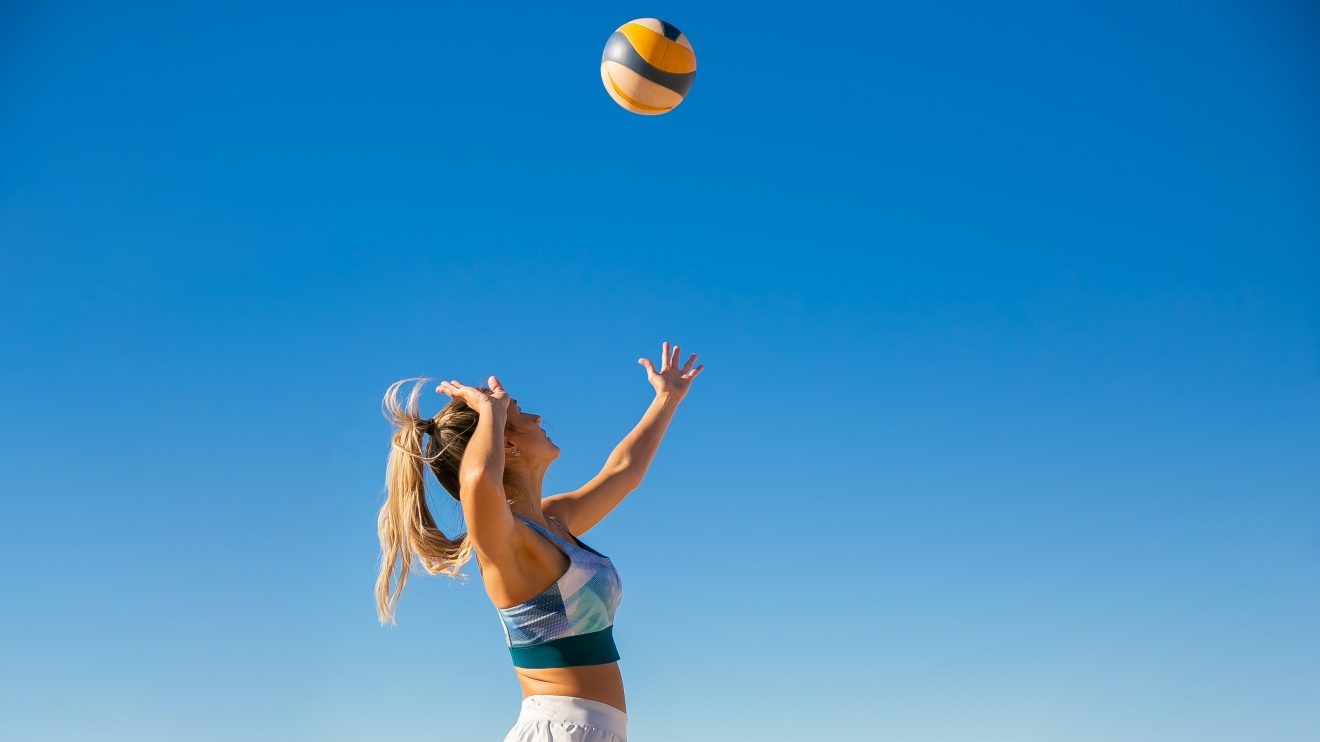In 2020, the National Women’s Soccer League broke viewership records by nearly 300 percent, reaching 653,000 views for one of their games. The challenge cup drew viewership on par with an MLB (Major League Baseball) game airing in the same time slot. Interest in US women’s soccer (and women’s sports in general) has seen increased momentum thanks to the 2019 World Cup win and the airing of the first and last games on CBS rather than on just the subscription service.
“Broadcasting plays a massive role in elevating the visibility and profile of leagues and players,” says Esmeralda Negron, co-founder of Atalanta Media and former professional soccer player.
Who’s watching sports?
Viewers want to watch women’s sports, and those viewers aren’t all men. Despite prevailing stereotypes, sports fans are almost equally likely to be women. 66 percent of people are interested in at least one women’s sport. Among sports fans, this number jumps to 84 percent. At the Olympics, 56 percent of viewer engagement comes from women, and viewership of women’s events is 16 percent higher than that of men’s. It goes against obvious consumer demand for sports owners to continue their underinvestment in women’s athletics.
Gaps in funding
The investment gap is present at both collegiate and professional levels. In NCAA (National Collegiate Athletic Association) Division 1 schools, most students are women, yet only 44 percent of athletic opportunities go to them. For every $2.50 these schools spend on men’s sports, women get $1. Division 1 football expenditures alone exceed all spending on women’s sports. In professional leagues, the average female athlete earns just 63 percent of the pay of their male counterpart. League funds aren’t the sole issue. While the NBA (National Basketball Association) pays its players 51 percent of the league’s revenue, WNBA players receive only 23 percent of their league’s revenue. What is a sports league if not the sum of its players?
How this impacts sponsorships
The problem persists in sponsorship deals to an exaggerated extent. Even though women’s sports sponsorships increased dramatically in recent years, only 0.4 percent of sponsorship dollars go to women’s sports today. This is a missed opportunity because women’s sports generate high brand recognition among their fans. 63 percent of people believe brands should invest in both women’s and men’s sports.
Where do we go from here?
Acknowledging these gaps is only the first step. The goal is to eliminate the investment disparity in sports entirely. Media coverage is key. In 2020, 40 percent of professional athletes were women, but they received only four percent of sports media coverage. This statistic exists despite clear interest in women’s sports. Women receive less coverage in both print and broadcasting media. Some sports – one in six – still don’t offer the same amount of prize money for men and women. The difference between the two packages can be millions. Equalizing the pot brings women one step closer to the compensation they deserve. Finally, an evening of media coverage can bolster the number of brands looking to sponsor female athletes. Not only might more female athletes receive sponsorships, but the dollar value on sponsorship packages would likely increase as well.
We should celebrate female athletes. It’s time for companies everywhere to invest in women’s sports.

Editor’s note: this infographic was originally published on Lines.
Read more about the broadcasting industry in our interview with Alex Ostebo, Founder of Kameo.






Add Comment